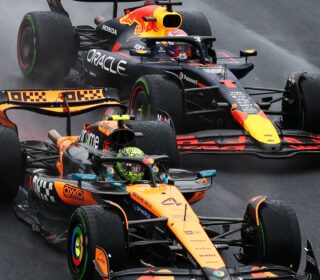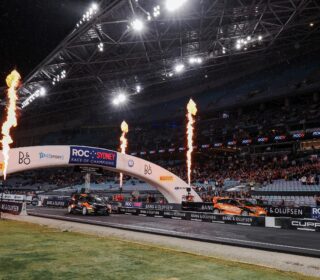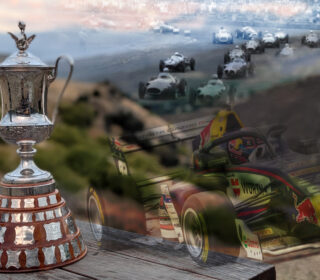COMMENT: On the certainty of time over laps
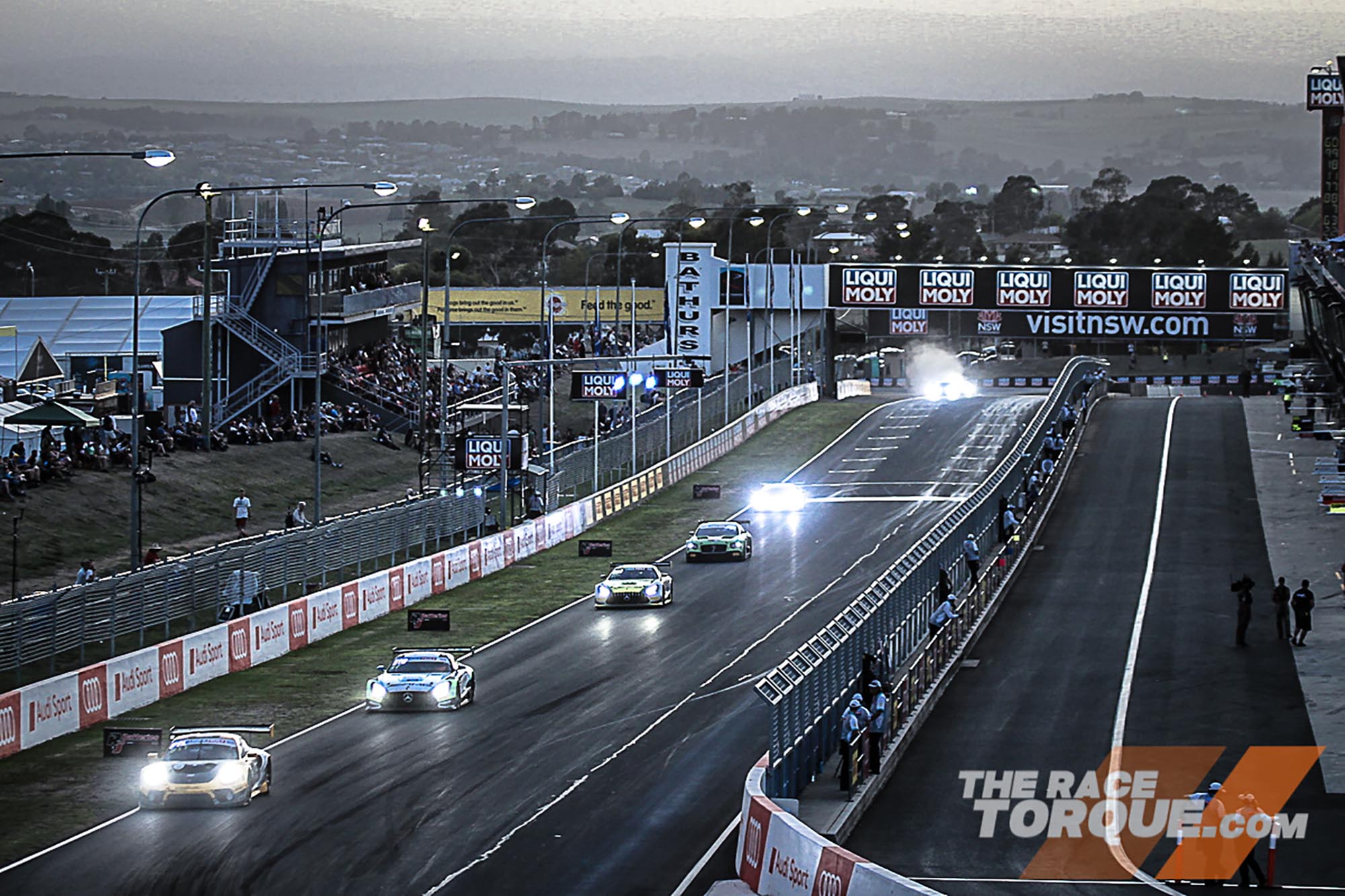
IF YOU want to fire up the social media masses on any one of a number of motorsport-related channels, just drop the phrase ‘time certain’ in conversation and watch things explode.
In the rulebook, Time Certainty relates to the finite amount of time that a race has to finish – with the advertised duration of races these days expressed as both a number of laps and with a cutoff time when it has to end, plus one last lap.
It’s there for a reason, mainly to keep racing programs on track in this very TV driven world where schedules have to be hit and flexibility is not always possible, but it is almost universally hated by fans.
While the concept itself is fine – it makes sense to have a finite finishing point for a race that could otherwise drag out for ever and ever thanks to weather, endless Safety Cars or whatever – the execution is somewhat lacking, which is why it fires punters up to no end.
I think the main reason they get their hackles up is because they feel like they are being duded.
Racing fans have for so long been accustomed to what they watch be battled out over a finite number of laps and when the last lap is completed the flag drops – regardless if that takes an hour, two hours or more.
When a race gets cut short due to ‘time certainty’ there’s a feeling of being robbed, a feeling that you’re missing out on what is often the best part of a race – the closing laps and the fight to the flag – or even that you’re just not getting what you paid for.
Which is fair enough and reason enough to make some change.. but not in the area you might be thinking.
Time certainty is going nowhere, so perhaps it’s time to consider dropping the lap count instead.
Team TRT talked about this on the Podcast last week and it makes a lot of sense – listen to that chat here.
Getting the advertised amount of laps in appears to be harder and harder work these days, thanks to ever increasing schedule and time constraints and some promoters who have, frankly, ambitious ideas about how long it actually takes to complete that distance in the first place.
Surely it is time that in all but a few rare instances races stopped being advertised as a number of laps and instead just worked to time.
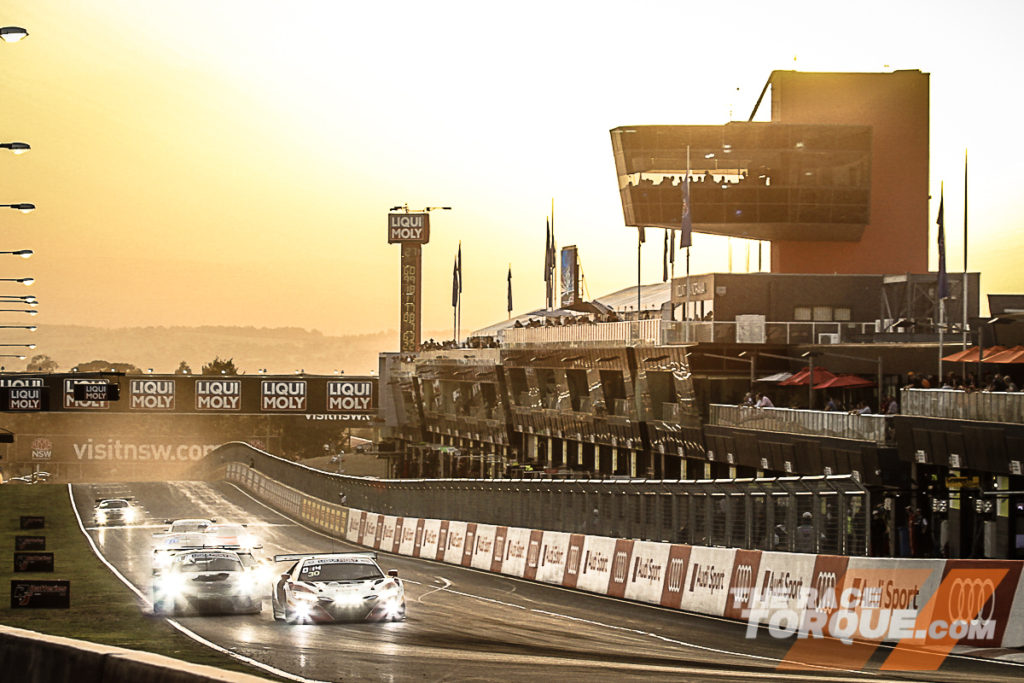
Races iconic for their distance, like the 161 laps of Mount Panorama to get the 1000 kilometres or the 200 laps of Indianapolis to make up 500 miles, shouldn’t change – but does anyone really care if a Supercars sprint race at Winton goes for 110km or 150km? I should think not – but you’d better believe they’ll get fired up if they don’t actually get to the advertised distance.
But if punters know that they’re absolutely going to get 20 minutes, an hour, two hours, three hours or whatever, then there’s no feeling of being short changed. It’s up to the drivers, teams and race control to do the job from there..
Timed races are already part of the culture and some of the most famous races in the world work to a number on the clock rather than a lap count – witness the LeMans 24 Hour or the Bathurst 12 Hour, for example.
What’s more, having a finite time, rather than lap count, adds another layer of storytelling; there are always distance records to be broken when racing to the clock.
As a case in point; it was a point of personal pride to key members of the Bathurst 12 Hour race management team to run a race that cracked the 300-lap benchmark at Mount Panorama.
After coming close time and time again when they finally did, in 2019, it was almost as big a celebration in race control as it was down in the Porsche team who won the race.
It was another layer of storytelling to the race and another stat and piece of the race’s history worth noting – much in the same way a winning combination completing the Bathurst 1000 in record time is as well.
Most of all, it would remove the expectation from fans and the paying customers who support the sport that the race is going to go past them at the track or past their couch at home a finite number of times.
Put a number on the clock, let them loose and then when it counts down to zero, see how far they’ve gone with the car in front at the time called the winner.. which is really just like any other race anyway.
Now if they only complete 10 laps in the given time thanks to crashes, weather, Safety Cars or whatever then so be it. But if they complete 50.. how good would that be?
It would remove the angst from the fans, add a layer of storytelling to each race, continue to give TV networks and promoters the hard cutoff time for the races they need and, best of all, remove the phrase ‘time certain’ from the motorsport lexicon – which would be a win for everyone.
This column first ran via our mates at Talk Motorsport, a cracking website with loads of good news and content from across the ditch. Check them out by clicking here.



